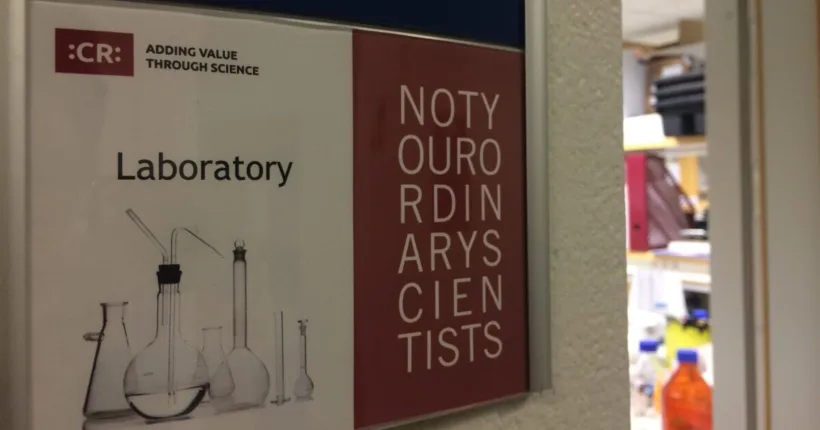Light scattering techniques are a must-have in a colloidal tool box.
Light interacts with matter and reveals through the scattered intensity in different angles information about both structure and dynamics of the material studied. Frequently asked questions are: How large are the particles? Do the particles aggregate? What is the molecular weight of the polymer and how broad is the size distribution?
One of the times we’ve used Diffusion Wave Spectroscopy, DWS was in a project where the question in focus was if the material structured itself as a network and if this network could be easily broken and restructured. Normally, this is a question that implies a study with a rheometer. Here, due to the sensitivity of the sample, DWS was the much better choice of instrumentation.
One of the benefits with DWS is that turbididy no longer is a problem, it is used. thus, it is possible to study kinetic changes such as gelling of food products.




